Revolutionizing Healthcare: The Impact of Deep Zooming on Cell Diagnosis
In the realm of healthcare, precision and efficiency are paramount. This case study delves into how a leading healthcare services provider harnessed the potential of Deep Zoom Image (DZI) display to redefine cell diagnosis, setting a new standard in healthcare.


The Client Domain.
Our client is at the forefront of pioneering diagnostic advancements, arming healthcare professionals with the tools to preemptively detect and prevent health issues before they manifest. Leveraging cutting-edge technologies, the client’s platform facilitates early identification of health risks, empowering healthcare service providers such as diagnostic centers, labs, and pathologists.
The Challenge.
Within their advanced laboratory, our client processes biopsy samples, focusing on early detection and prevention of life-threatening diseases such as cancer. Over time, the client faced a challenge while generating and viewing stained biopsy samples at higher resolutions – a crucial aspect of pinpointing anomalies in the samples being diagnosed. This capability is instrumental in detecting and preventing certain health conditions.
Recognizing the need for a modernized biopsy diagnosis process, the client approached iPivot for an innovative web-based solution. They wanted a hyper-efficient platform, which plays a critical role in enabling pathologists to examine stained samples at significantly enhanced zoom levels, facilitating swift, accurate detection and prevention of life-threatening medical conditions such as cancer.
The Solution.
Addressing this challenge, iPivot developed a web application leveraging OpenSeadragon to read data stored in the deep zoomed image (.DZI) format. OpenSeadragon (OSD), a web-based image viewer tailored for high-resolution images and zoomable content, offered a seamless and interactive user experience. It allowed users to effortlessly explore and navigate large images, zooming in and out, panning across images, and delving into intricate details.
iPivot standardized all biopsy samples in .DZI format and utilized the OpenSeadragon framework to load these images for pathological analysis. Hosted on AWS infrastructure, the web application granted pathologists unrestricted access and provided comprehensive tools for annotating, zooming, and pinpointing key areas within images. The high-resolution capability proved invaluable in identifying potential health threats, while also facilitating collaboration among pathologists and healthcare experts, enhancing diagnostic outcomes.

Key highlights of the solution include:
- Enhanced Image Viewing
- Comprehensive Image Control
- Integrated Diagnostic Platform
- Enhanced Image Analysis
- Comprehensive Workflow
- Diagnostic Report Generation
Key Products/Services Used.


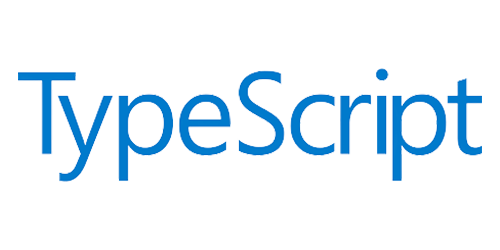
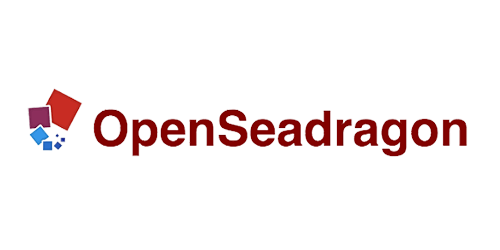
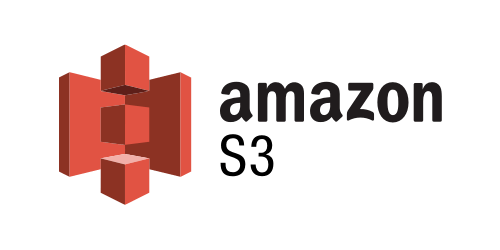

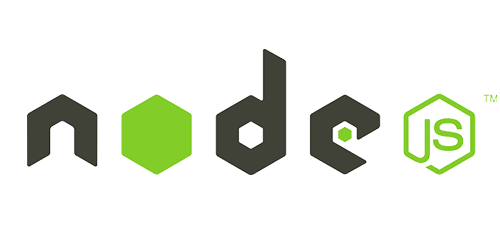

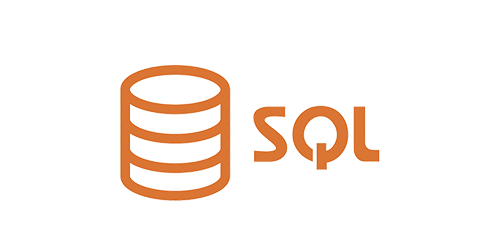


Results, Outcomes & Benefits
iPivot’s Image Viewer solution delivered numerous advantages, including enhanced diagnostic precision, efficient collaboration among pathologists, cost-effective alternative to microscopy, streamlined navigation and zooming controls, spot identification and marking, automated report generation, and seamless consultation.
Conclusion
iPivot’s Image Viewer, with advanced zooming capabilities, has transformed the field of healthcare diagnostics. Pathologists now diagnose medical conditions with unparalleled precision and efficiency, whether working within a clinical setting or collaborating remotely. This application has significantly improved the speed, accuracy, and accessibility of cell diagnosis, benefiting both patients and healthcare providers.
Beyond healthcare, iPivot’s Image Viewer exhibits versatility across various industries and domains, upholding its status as a potential game-changer in the world of technology and visualization.

7 Reasons why you should bid farewell to On-Premise Data Centre and move to Cloud in 2023

Cyber Security threats in Cloud-Native Applications: How attacks can lead to data breaches, system instability, and operational disruption

